Best Wood Pellets for Smoking Brisket
On June 23, 2022
This post may contain affiliate links. Please read our disclosure policy.
I’ve smoked hundreds of briskets on a wide variety of pellet smoker brands. (Check out our reviews for different pellet smokers HERE!) I can bear personal witness that using the best wood pellets for smoking brisket makes all the difference in the final flavors of your smoked brisket.
In the article below, I’ll break down the best wood pellets for smoking brisket based on complementary flavor profiles and heat management. Great brisket takes a long time to cook since you need to break down tight connective tissues in the meat. Therefore, the brisket spends a lot of time in the smoke.
Don’t skimp on buying sub-par wood pellets! Before heading to the store, check out this deep dive into the best wood pellets for smoking brisket.
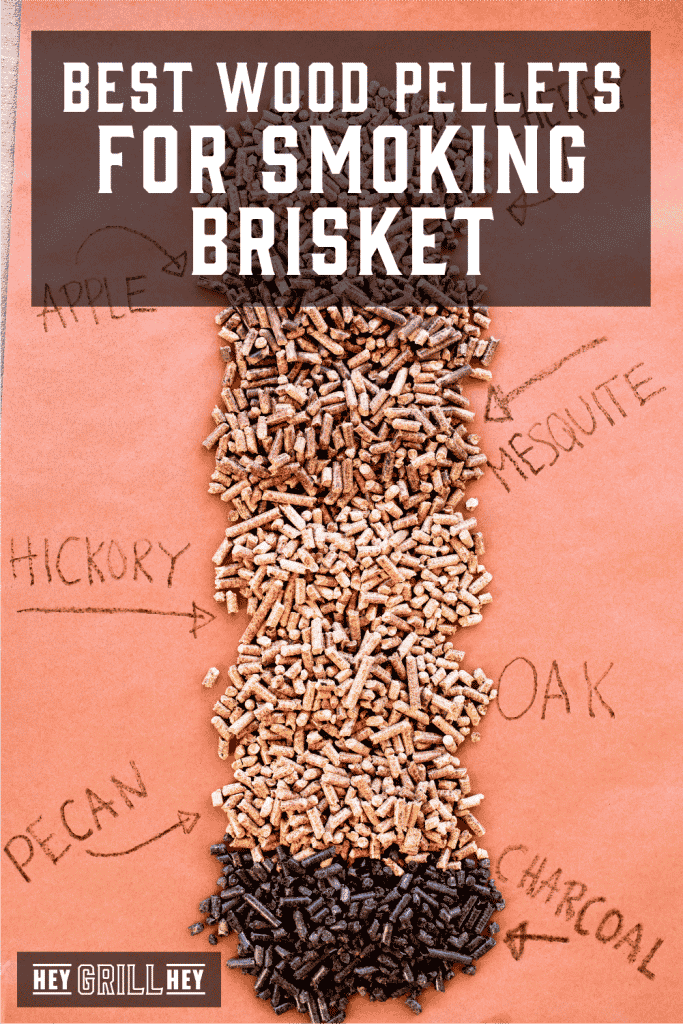
Best Wood Pellets for Brisket
The best pellets for smoking brisket are an equal mix of Oak pellets and Cherry pellets. This does require you to buy two bags, but the blend of the two different types of wood creates the best-tasting meat and the best-looking bark. Since most low and slow brisket cooks use up about an entire 20 lb bag of pellets (depending on your smoker and outside temperature), you’ll have extras to use on your next cook!
Oak pellets deliver the classic, rich, smoky, strong flavor of a Texas-style smoked brisket. Oak wood creates a heavier smoke and generally has the added benefit of burning at consistent temperatures thanks to the tight grain structure of this type of wood.
Cherry pellets are a much lighter, fruity flavor or smoke, but the magic with cherry wood is the COLOR! Want to see a thick smoke ring in your final juicy brisket?? While smoking the brisket instantly takes on a mahogany color that turns into the best-looking bark at the end of your cook.
What are Wood Pellets?
Wood pellets are compressed cylinders of processed and extruded woods. There are several types of wood pellets, but not all are good for use in food products.
You may have seen animal pellets that are used for bedding. These pellets are compressed sawdust (oftentimes cedar wood) and ideal for pet bets, but certainly not for smoking meat.
It is also common to see wood pellets sold for wood pellet burning stoves. These are popular and affordable stoves for heating cabins and homes, but the wood used to make the stove pellets is typically scrap wood and not always hardwood. These often also include recycled woods that may have glues, binders, fillers, or ink. None of these things would be great in your smoker or on your food.
You really want to look for food-grade hardwood pellets to use in your pellet smokers. These pellets will be clearly labeled as intended for use in cooking. Check those packages before buying!
Varieties of Pellets for Smoked Brisket
There is an unlimited selection of pellets you can use for smoking a great brisket, especially when you start mixing up your own pellet blends. Below I’ve listed my favorites in order as a standalone pellet. Again, my favorite combo is oak and cherry.
- Oak. Bold and smoky, the most popular choice. Classic clean burn while delivering on the flavor. This is the favorite choice for most of Texas and myself.
- Pecan. Great choice! Again, bold without overwhelming the meat. Nice smoke flavor, clean burn, some claim a slightly nutty flavor.
- Mesquite. STRONGEST of the wood pellet flavors. One of my favorite briskets came from Valentina’s outside of Austin, TX. They use mesquite wood exclusively and it lends a very bold smoke and unique flavor. Perfect for brisket tacos!
- Hickory. Not my personal favorite of the hardwoods, but very popular in Kansas City for their thinner sliced briskets and saucy, sweet burnt ends.
- Cherry. Favorite of the fruit woods (especially mixed with oak). Mild flavor, amazing color, fruity, but not too sweet.
- Apple. Applewood smoke definitely pulls too light and sweet for me when it comes to beef brisket, but works in a pinch. Better saved for pulled pork or ribs.
- Maple. Another sweet and light wood. Not always easy to source, but lots of people use it regularly and churn out good smoked brisket!
Other Wood Pellets for Smoking
- Combination pellet blends. These blends are often sold by pellet manufacturers to create something unique and exciting for their product line. Some fun combos are made, but these mostly seem like a marketing technique. Most varieties of wood will blend together to create a general, basic smoke. Not too heavy, not too fruity, etc. I believe you’re better off making your own blends, looking to capitalize on the unique qualities of the woods you’re including.
- Charcoal-infused pellets. Lots of pellet users switched from charcoal grills and missed the stronger smoke flavor they used to get from their charcoal cookers. To help bridge that gap, pellet makers created the “char-pellet” which includes processed charcoal in with the wood. Initially, I enjoyed the strong smoke flavor but was dealing with flameouts and other struggles with the actual smoker when using them. I’ve switched back to full-wood pellets.
- Flavored oil-infused pellets. Mostly a marketing ploy when it comes to a low and slow smoke on something like a whole brisket. I think these would be best used over hot coals or in a foil pack on a gas grill. The major benefit to these is the amazing smell of smoking. I’ve rarely found the different flavors promised translated to a big piece of meat (like brisket) during a long cook.
What are the Best Pellets?
Everybody wants me to name a specific brand here, but, pro tip, the best pellets are the ones you can afford, work great in your smoker, and you have easy access to (most people can find pellets in their grocery store these days).
Every smoker company and charcoal company has their own line of pellets now. I’ve even been approached to manufacture my own line of pellets. A majority of pellets are made by the same few manufacturing and processing companies and then white labeled for resale to the various companies that distribute and sell them.
Shopping for Wood Pellets for Brisket
When shopping for the best wood pellets for brisket, I always recommend you support your local BBQ pro shops if you can. I know it is sometimes more convenient to pick stuff up at the grocery store (been there, no judgment!) but if you have the time, it’s a good idea to run down to a BBQ specialty store. You can talk to the people who source and buy the pellets for their shops and they are typically a great resource of knowledge about local varieties of pellets, great brands to look for, and decent prices.
Added bonus: they love BBQ, likely carry some fun grills you can look at, and may even carry the Hey Grill Hey line of rubs and sauces!
Reading the Label for Wood Pellets
When you go to purchase wood pellets for smoking brisket, be sure to read the label! Here are a few things to look for on the label to help you select the best pellets.
- Is the name of the wood on the front of the bag the only wood included? There have been lawsuits filed and settled with companies who listed a wood name on the front of their bags, only to later disclose that their pellets were actually a blend (usually the named wood with a mix of cheaper alder or hickory). Look for labels that disclose 100% hardwood with the actual wood species as the only source inside the pellets.
- Are your pellets mixed with oils or other fillers? Some oil is required in processing to keep the pellets sticking together and sliding through the extruder. Beyond that, you shouldn’t see any additional oils listed as additives or “flavors”.
- What is the price per pound? Some pellet manufacturers don’t follow the standard of 20 pounds per bag. Some run larger or smaller quantities based on specialty flavors or combos. The best way to make sure you aren’t overpaying for good pellets is to check the price per pound instead of just the price per bag.
Tips for Buying the Best Wood Pellets for Smoking Brisket
The last things I look for when buying wood pellets for smoking brisket are the pellets themselves.
- Is the bag of pellets really dusty, or full of a lot of sawdust in the bottom? This doesn’t mean the pellets are manufactured poorly, sometimes it just means they were heavily jostled in transport or storage and the pellets were broken down. A lot of dust does mean that you’re paying for wood you can’t use. Adding dusty pellets or pouring that sawdust into the hopper of your smoker can lead to many problems, including temperature swings, flameouts, and even hopper fires if your fire pot overflows.
- Do your pellets contain the bark of the tree or has it been stripped before processing? Different pellet manufacturers claim to use wood with no bark in the blend. They state this makes for a cleaner burn and less ash.-
Grills for Smoking Brisket
While you can technically cook a brisket on any grill or smoker you have in your backyard, some are better than others.
Pellet Grills for Smoking Brisket
There are several varieties of smokers that can utilize pellets for smoking brisket. I prefer using pellet smokers that are created, designed, and dedicated to using pellets as the fuel source. Pellets are generally clean burning and create a nice, light, consistent smoke.
Some BBQ purists believe that an offset smoker is the only way to smoke a brisket, but I’ve put my pellet smoker briskets up against theirs in competitions and won. Your smoker is just a tool, the real skill comes in your ability to prepare your brisket, trim that fat side up nicely, season with authority, and maintain your fire.
Again, if you’re in the market for a new pellet grill, check out some of my pellet grill reviews, there are options for almost any budget.
Other Smokers for Cooking Brisket
Below are some other types of smokers that can use pellets for producing nice smoke to cook your brisket and achieve the best results possible. Some are dedicated for pellet use, and others may be better suited for wood chips or chunks. Read your manufacturer’s instructions to be sure you’re creating the cleanest burn and the best-tasting smoked brisket.
- Electric Smoker. This category is a little tricky because pellet smokers are electric smokers, but there is another category of electric-powered vault smokers that utilize either pellets, wood chips, or compressed wood disks to create smoke. These are great starter smokers for a lot of people because they are affordable, small, and take up little room on the patio. You’ve got to follow the instructions here and use the recommended fuel source. Swapping chips or the disks for pellets can create dirty, acrid, and heavy smoke that won’t taste great on your brisket.
- Offset Smoker. The most old-school traditional way to smoke briskets is low and slow. Most offset smokers utilize larger wood chunks, splits, or even logs to maintain heat and add smoke. Using pellets in a set-up like this would burn through quickly and likely not produce enough smoke to add great smoky flavor to your brisket.
Gas and Charcoal Grills for Brisket
Last up, we have classic gas or charcoal grills for cooking brisket.
- Gas Grill. My least recommended grill for smoking brisket would be gas grills. They are hard to maintain consistent low temperatures required for making great brisket, but they can be used! I’ve got a tutorial for smoking on a gas grill you can use with wood pellets or wood chips to create a nice smoke flavor.
- Charcoal Grill. A great option for smoking briskets using either wood chunks, chips, or pellets. These can be set up nicely to control the heat for a longer cook. You can also utilize different wood sources to generate your smoke. Pellets and wood chips need to be replenished regularly, while chunks tend to put out smoke for longer.
Utilizing a Smoke Tube for Pellets
Loads of people use smoke tubes to increase the amount of smoke in their pellet grills, add smoke to gas or charcoal cooks, or cold smoke in an unlit smoker. Pellet tubes create a heavier smoke from smoldering wood pellets and can occasionally leave creosote build-up on the lid of your smoker under where they are burning.
You can find smoke tubes or chambers in a variety of sizes that will last a certain amount of hours based on how many pellets they hold. I personally own and use the A-Maze-N pellet tube and use it mostly for cold smoking. You can mix any blend of pellets in the tube to create smoke of any flavor you’d like and add some extra smoky flavor to your smoked brisket.
Smoked Brisket Recipes
This post was never intended to be a recipe post for how to smoke a brisket. I’ve got plenty of resources available to help you prep this delectable cut of meat! However, I hope you’ve learned a little bit more about the best varieties of woods for smoking briskets, as well as some new info on buying and using the best pellets you can! After all, brisket is expensive and you should make sure you’re getting the most out of it.
- If you want a quick and easy recipe for smoking brisket, check out my Texas Style Smoked Brisket recipe.
- For interesting flavor profiles, read up on my Coffee Rub Smoked Brisket.
- To learn the difference between using butcher paper or aluminum foil for your wrapped brisket, don’t miss my post on the Texas Crutch Smoked Brisket.
- Short on time? Read up on my Hot and Fast Smoked Brisket.
Best Wood Pellets for Brisket
Here’s hoping this post helped you narrow down how to find and purchase the best wood pellets for smoking brisket.
If you want to deep dive even more into what it takes to make pitmaster-worthy brisket, join The Grill Squad! I teach a virtual Pitmaster Class on all things brisket that will really get you headed in the right direction. I’ll even answer the age-old question: fat side up for down?

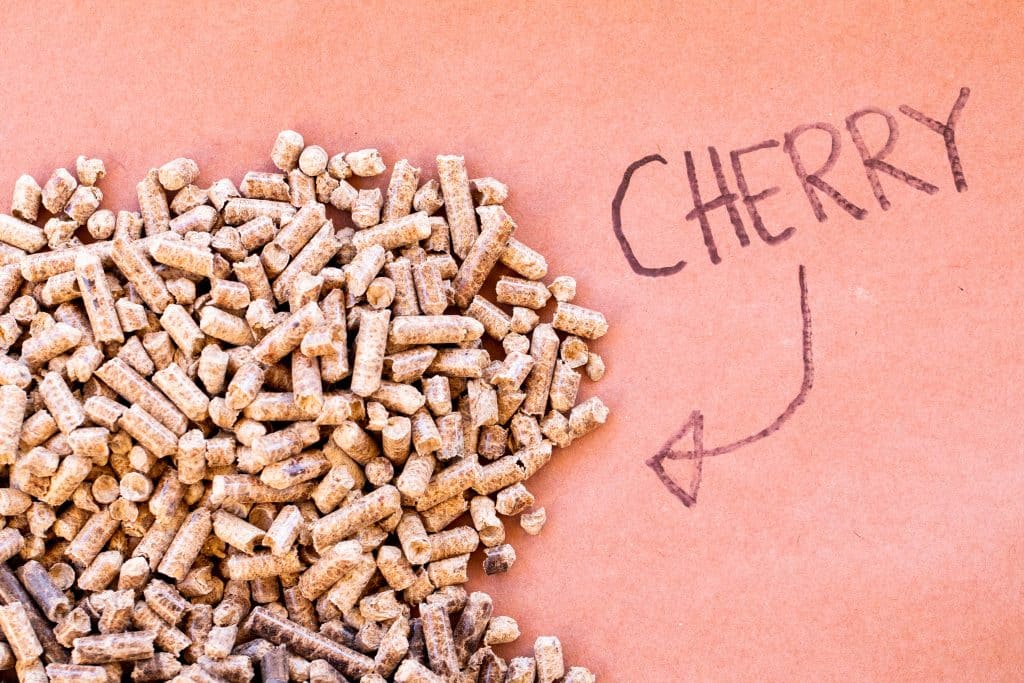
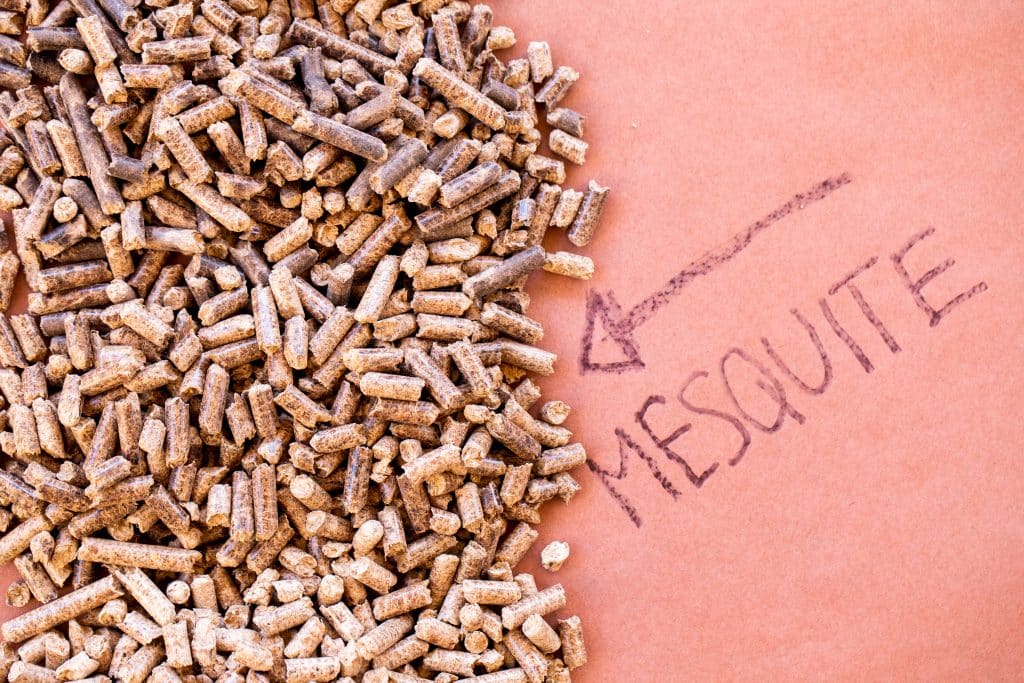
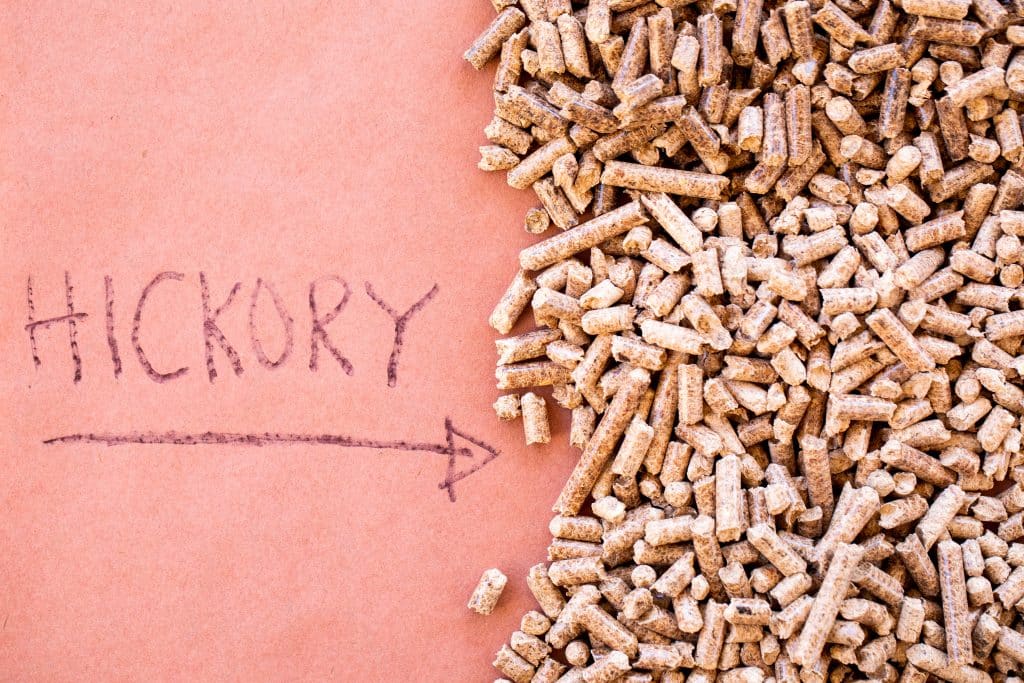
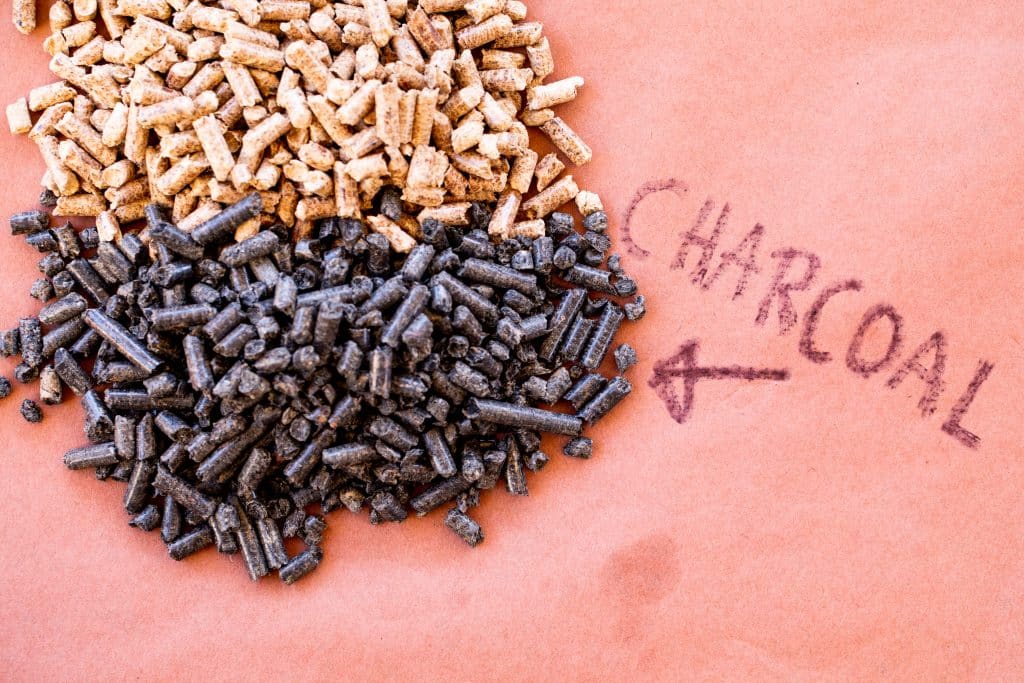
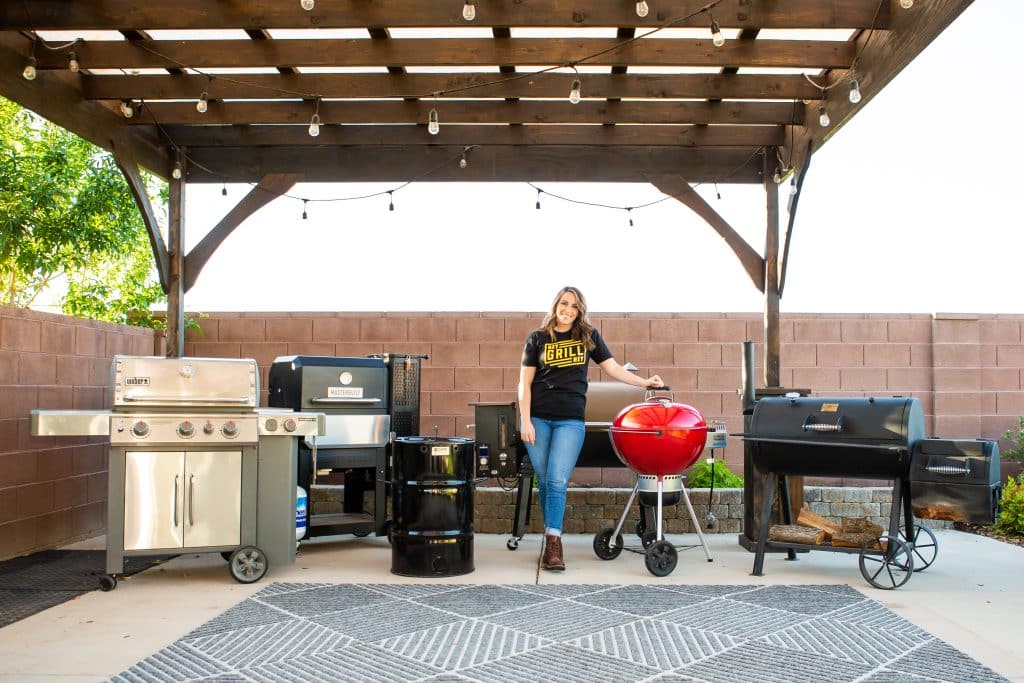


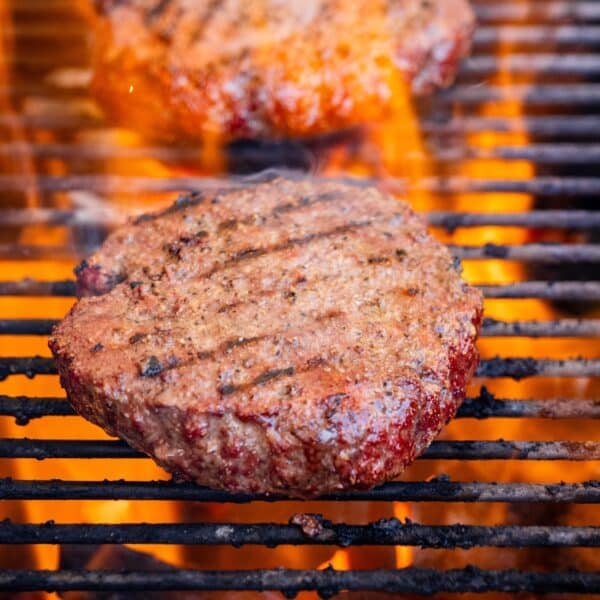
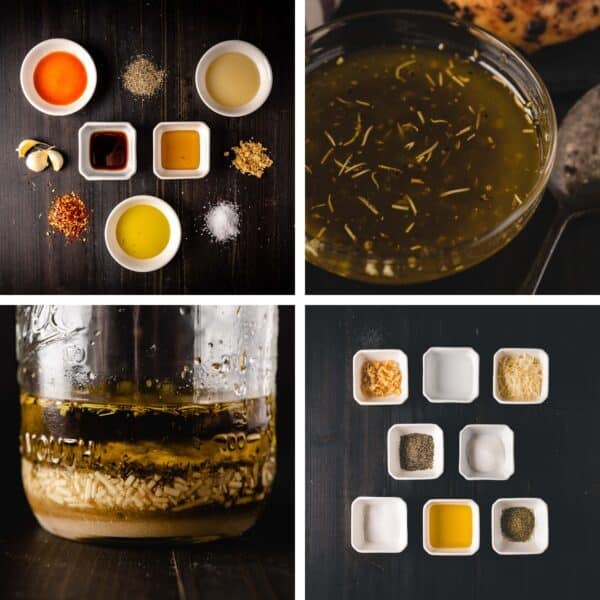

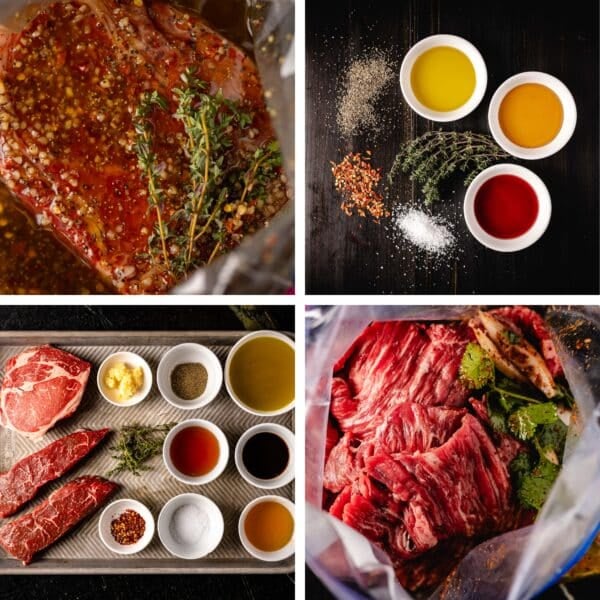





This article answers so many questions for me as a new electric pellet smoker cook. This entire website is amazing with expertise that is beyond my smoker brand website. Thank you
Thanks for this great info on pellets. You always give such great advice and recipes. Keep smoking and don’t let the fire go out.
Thanks Susie, this is such a great deep dive into pellets for brisket! I’ve always just used oak, but am off to buy a bag of cherry to mix with my oak for the brisket I currently have in my freezer. Want to do the same for pork butt? I usually use maple but would really love to hear your thoughts on types of wood for pulled pork!
Thanks, Susie, for the in-depth review of wood pellets. I bought a Traeger wood pellet smoker last year and have experimented with different brands of pellets. Traeger recommends using their brand of pellets. Well duh, why would they want us to buy our pellets from anyone else. I asked a friend who has a Traeger, and he buys his pellets from our local butcher shop. They stock about 8 – 10 different flavors of pellets and always have plenty on hand. I agree with your advice about supporting local shops and business owners. It keeps our money in the neighborhood and it’s very convenient. My preferred flavor of smoke is Pecan. My wife and I moved into a house 27 years ago with an enormous Pecan tree in the back yard and since then Pecan has been the smoke flavor for me. Thanks again for the information.
Thanks for your pellets review. Your comment about not endorsing a brand, but using what you can afford and enjoy was so priceless! Happy grilling!
Great review and info on the types, composition, and what to look for when buying pellets. Thanks for being so thorough !!!